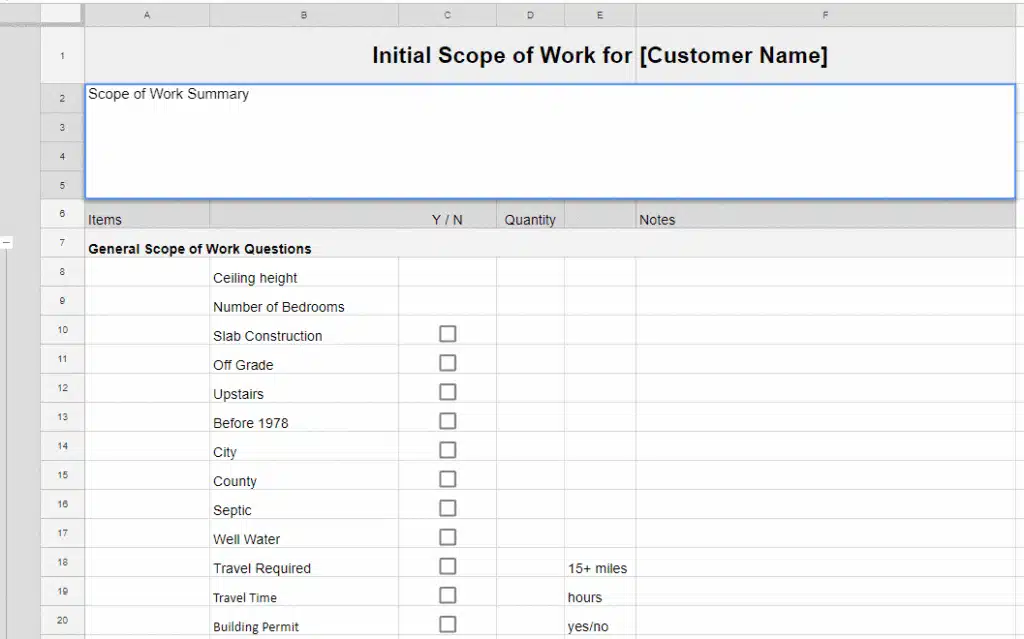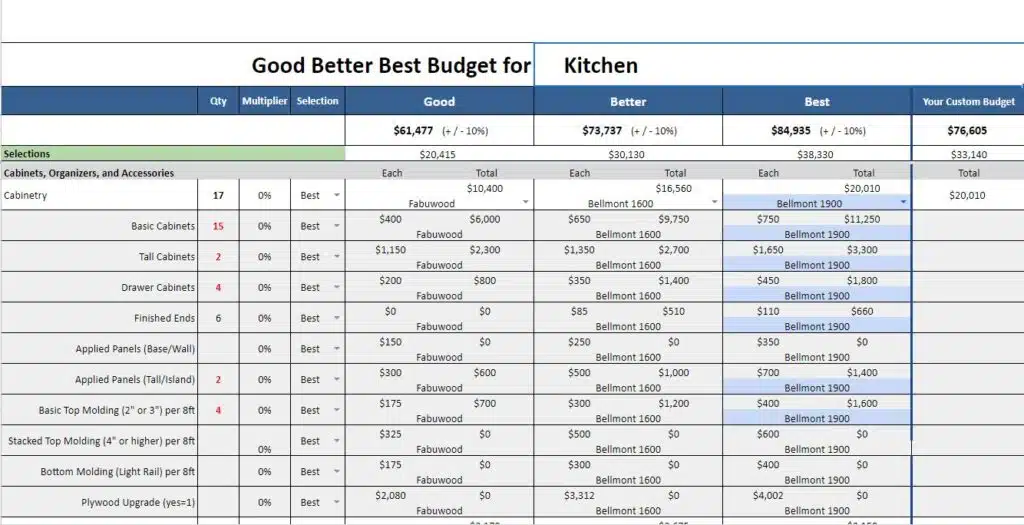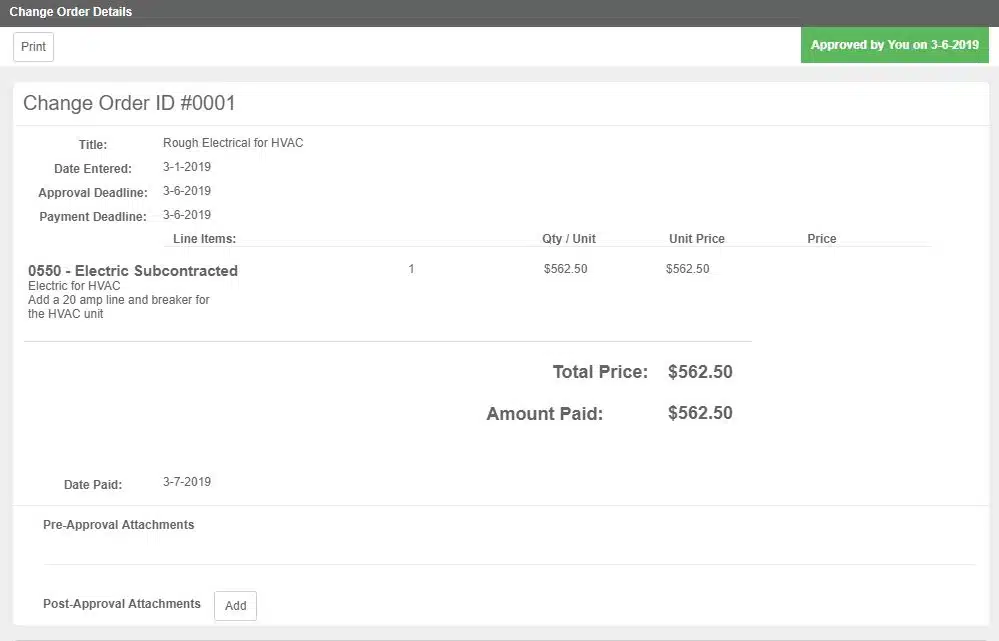
McManus Kitchen and Bath provides a single place where you can work with interior design and construction professionals who can help you create a happy, healthy home. We start each project with a Design and Budget Consult. It will help you clarify your design ideas, understand the remodeling process and create a Good Better Best Budget for your project. Click Here to Schedule a Consult
__________________________________________________________________________________________________________________________

I’ve been a kitchen and bath remodeling contractor for more than 20 years. I love my work and working with homeowners. You hear a lot of horror stories about remodeling projects gone wrong and often the contractor is made out to be the villain.
Certainly anytime a project goes badly the contractor bears some responsibility, if not all of it. But as a homeowner there are some things you can do in advance of the project to increase the chances of things going well.
Many of the stories you might hear about “bad contractors” usually start with bad communication. It is, in my opinion, the responsibility of the contractor to facilitate good communication but homeowners must participate as well.
With that in Mind Here are 5 Ways to Prepare

1. Create a Detailed Scope of Work and Plans
Scope of Work
The scope of work document, selection sheet and working drawing are the main tools used to communicate the work that is to be done on a project. Make sure to review these plans carefully with your contractor prior to starting.
Be specific. The more detailed the scope of work is the better. We also recommend you include quality standards in the scope of work.
Here’s an example of a bad scope of work line item:
“paint walls in bathroom”
It’s vague and could lead to problems. To your that might mean the contractor will paint the walls with as many coats of paint as it takes for them to look perfect. To the contractor is might mean paint a quick coat of paint in the same color to freshen up the walls.
Instead that line on the scope of work should read more like:
” Paint 225 square feet of walls in master bathroom with 1 coat satin finish latex wall paint (specify brand, type of paint and color) . Prep work to include filling all nails holes in walls and caulking all trim. Blemishes in the finish that can be see from 4 feet way under normal lighting conditions will be considers unacceptable and will be touched up”
It outlines all the important details and indicated the quality standard for the work to be done.
Plans and Drawings
Plans for the project should include:
- A set of 3D renderings,
- before and after electric plan,
- before and after plumbing plan,
- tile and flooring layout,
- cabinet install plans and possibly
- HVAC plans.
Again, the more detail here the better. We like to locate every light switch, towel bar and cabinet knob before the project starts. Things can always change if needed (just be sure the plans and scope get updated too).

Selection Sheet
A selection sheet is a list of all the fixtures and materials that are going to be installed as part of the project. It includes things like faucets, sinks, light fixtures etc.. but also details like a paint and grout colors, counter top materials etc…
A lot of contractors like to work off of allowances because it makes their job easier and puts the responsibility for those materials in your hands. You need to agree with your contractor in advance what will be installed and how much it will cost for the fixture, delivery and installation.
An allowance is a budget amount in the contract to cover certain materials. You can have a cabinet allowance, light fixture allowance etc. I don’t recommend having any allowances in the final contract. All decisions should be made in advance.
The problem with allowances is they may not be accurate. Your contractor might give you a budget for the lowest cost fixtures available, thinking that’s the best way to save you money. But you might actually want mid grade or even high end materials.
A good contractor will take care of all this for you. But if you find yourself in a situation where you don’t think the plans, selection sheet and scope of work are detailed enough you need to insist on it, or find a different contractor.
2. Have Process for Change Orders
There are 4 kinds of change orders on a project:
- Customer Requested Change Order
- Unforeseen conditions
- Error / Omission on Scope of Work
- Inspector or HOA requirements.
- Zero Cost Change Orders

All changes need to be recorded and approved regardless of who is paying for the changes or if there is any cost at all. Prior to the job start you should agree on the change order process that will be followed.
Customer Request Change Order
These are “hey, while you are here…” type things that get added onto a project. The contractor should write up a change order to let you know the cost of the change and the effect it will have on the schedule. These change orders can get expensive if they disrupt the job schedule too much. The homeowner pays the cost of this change order.
Unforeseen conditions, HOA or Building Code Requirements
These are the worst kind of change order in my opinion. They are largely things that are out of anyone’s control. Who pays for these and under what circumstances should be outlined clearly in the remodeling contract.
Zero Cost Change Orders
If you decide to change the paint color or grout color and those materials have not been purchased yet then it’s easy to change but the change should still get recorded and approved to avoid any confusion later on.
3. Take Pictures before and during
Take pictures of appliances, walls, floors etc.. before the project starts. If anything gets scratched or damaged you’ll be able to prove the damage was not there before the project.
During the project take pictures every day, especially new plumbing locations or electric locations before the drywall in put back in place to over them up. This can be every helpful in case there are any problems in the future and it’s also just fun to have a record of the project.
Again, better contractors will do this for you as part of their normal process. But it never hurts to do it yourself as well.
4. Set Boundaries
Decide where materials will be stored, trucks will park, paint brushes will be cleaned etc… Decide which bathroom workmen can use or if you want a porta potty.
Set work hours in advance. On all our projects work hours are from 8 am to 5 pm unless otherwise agreed. If we need to work outside those hours we ask permission first. Same with weekend work… decide in advance if its allowed or not.
5. Have Some Patience
If you’ve never remodeled before you might not be ready for the emotional roller coaster. Even the best run projects are a little stressful. You’re going to have people in your house from 8 am to 5 pm regardless of whether you’re sick or feeling great. You’re not going to have the use of a bathroom or your kitchen for 6 or 8 weeks. These things can be tough on a household. You’re going to have less privacy for a little while.
Talk thru any concern with your contractor in a calm and positive manner. Yelling or acting mad rarely helps a situation and often hurts it.
6. The # 1 Question To Ask
What’s the most important thing to ask? Ask them what happens when something goes wrong. On most projects something will not go according to plan. It might be a small thing, it might be a big thing. Ask you contractor how they deal with problems, what’s their process.
Also ask them to describe a time that something went wrong an project and how did they deal with it. Ask if you can speak to that client. The best contractors can deal with problems on a project without creating feelings of ill will and even turn negatives into positives.
Thank you for reading! We’d love to be a part of your next remodel. Check out our design services page
Paul McManus
Certified Residential Contractor (Lic # CRC1331326)
